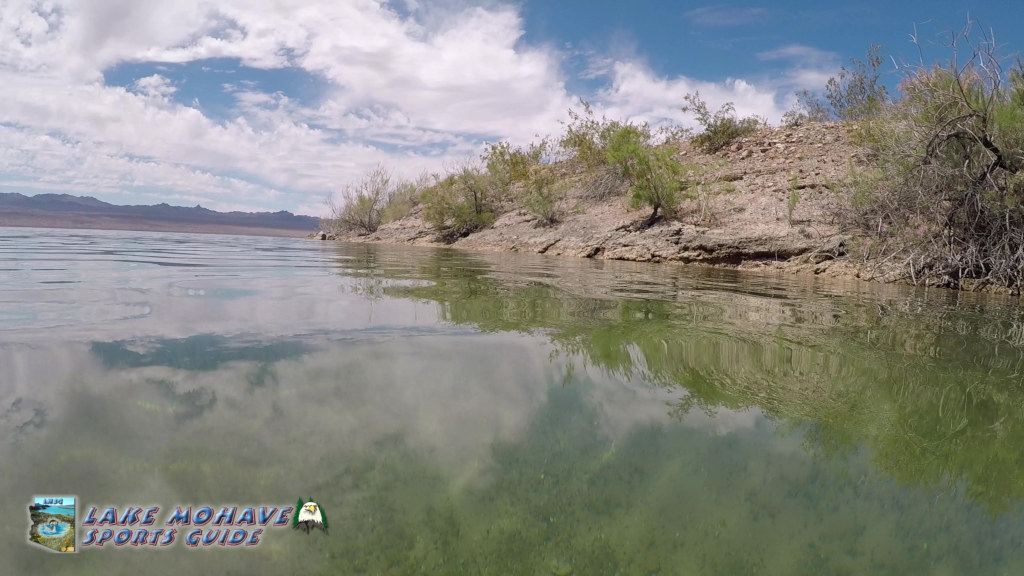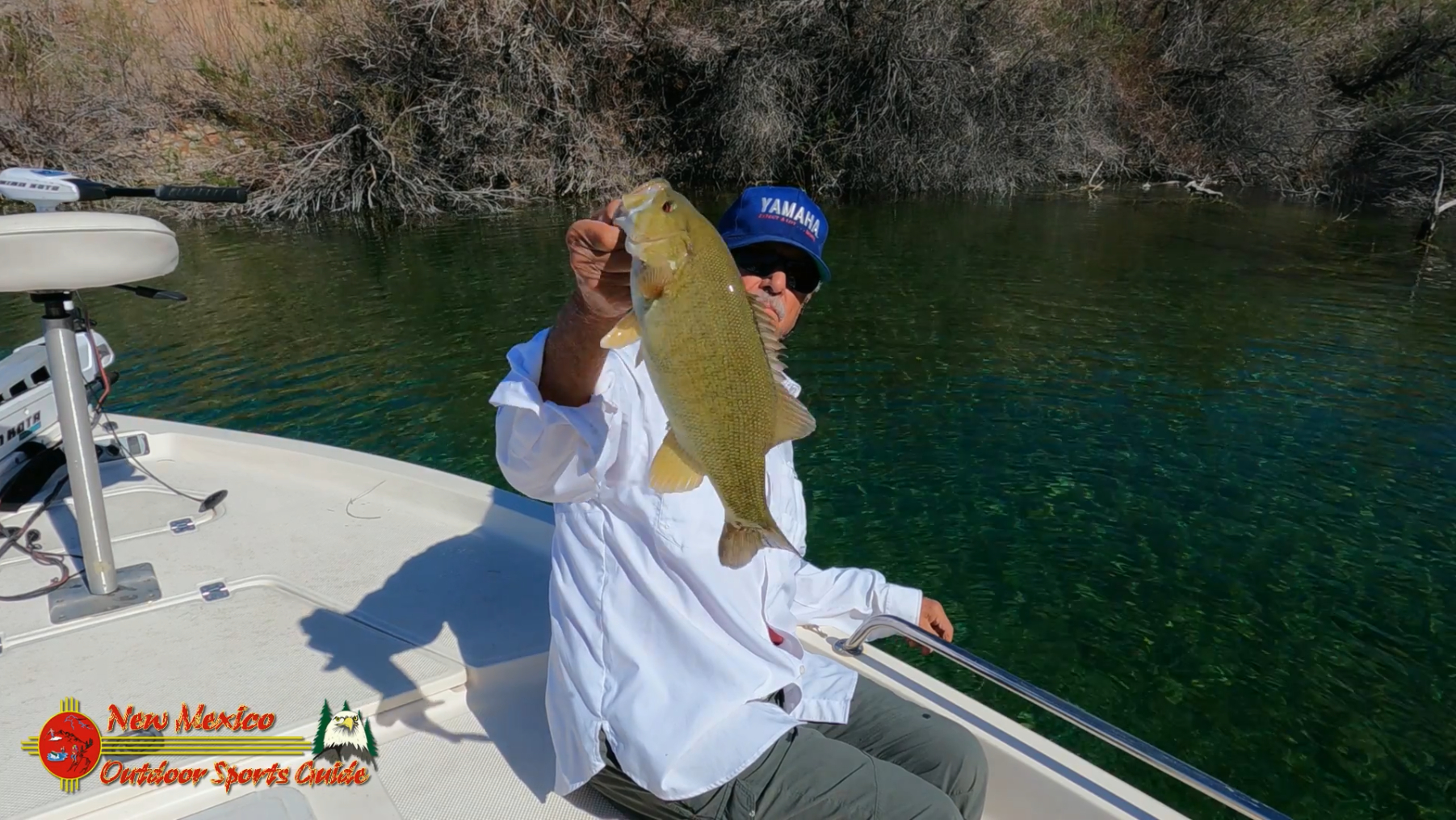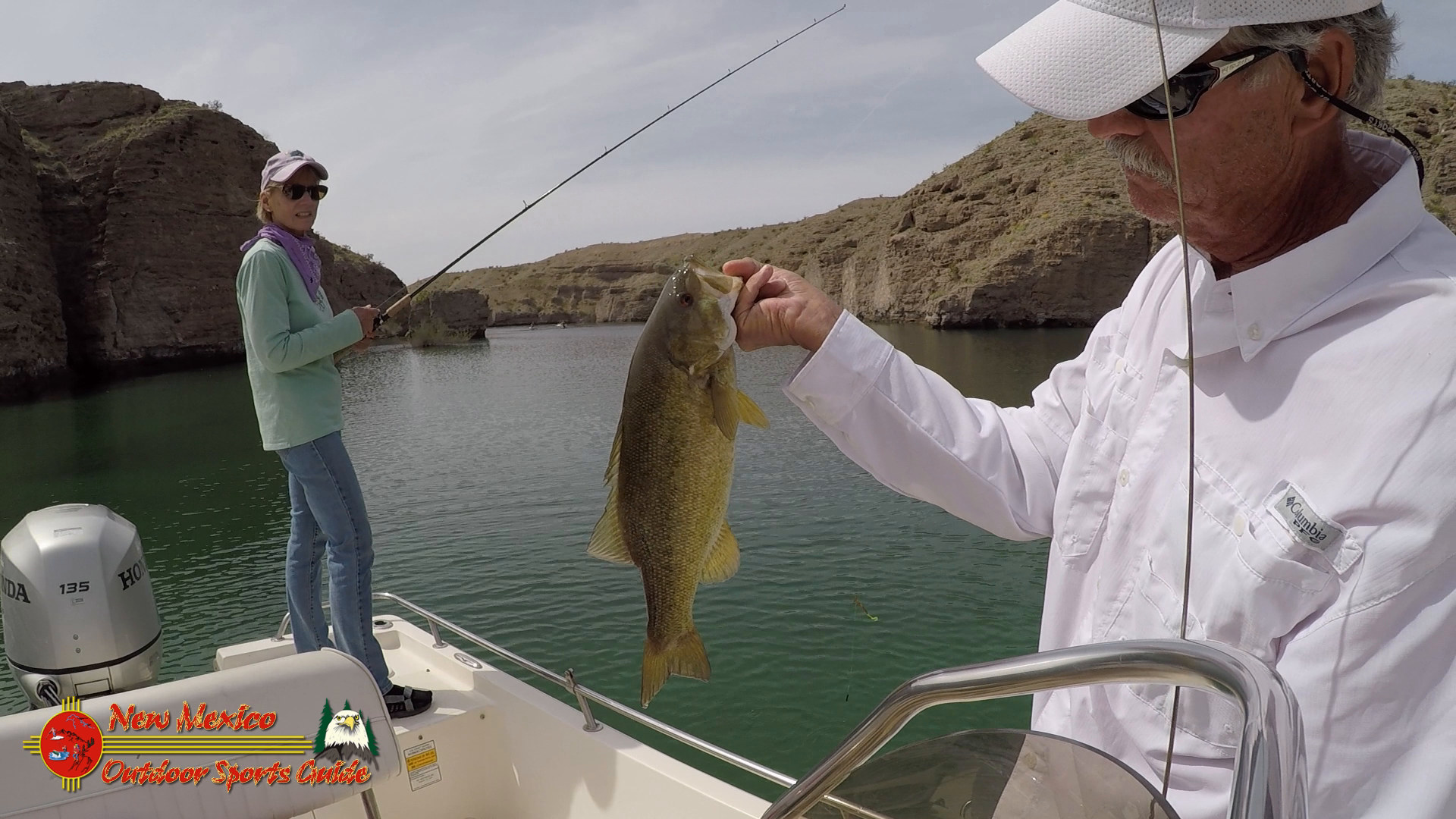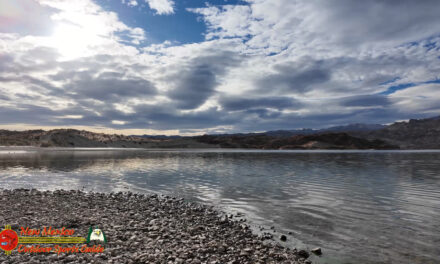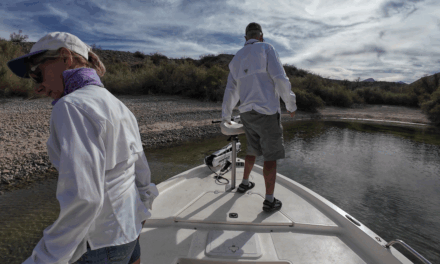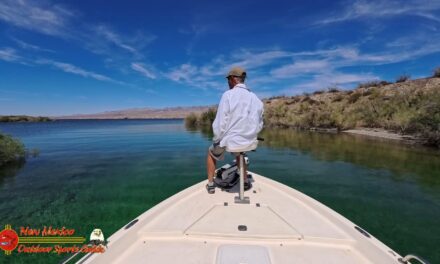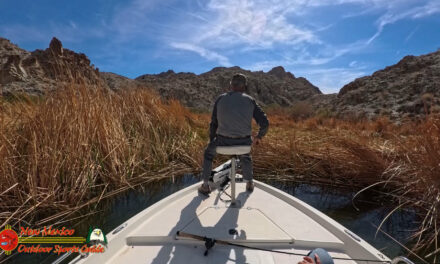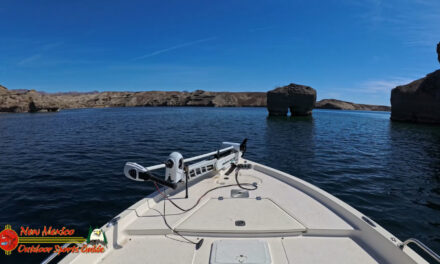There’s something magical about sharing the wild places you love with your grandchildren. After spending most of my life documenting the rugged beauty of the American Southwest through my camera lens, I’ve learned that the most precious moments aren’t just captured in photographs – they’re etched in the hearts of those we share them with. This Christmas season, I had the joy of introducing my two young granddaughters to one of Arizona’s hidden treasures: Lake Mohave.
A Morning Promise
The sun just peaked over the eastern ridges when my wife (known affectionately as Oma to our grandkids) and I loaded up our boat at Katherine Landing Marina. Our granddaughters, Ady (19) and Sophie (12), were already buzzing with excitement, their Christmas vacation energy amplified by the promise of a day on the water. The morning air was crisp – typical for December in this corner of the Southwest – but the weather forecast promised temperatures in the low 70s, perfect for exploring Lake Mohave’s beaches and hidden coves.
“Opa, will we see any fish?” Sophie asked, her small hand gripping mine as we walked down the dock. The question brought a smile to my face, reminding me of similar questions I’d asked my own grandfather during our adventures on the family ranch decades ago.
“If we’re lucky, sweetheart,” I replied, helping her into the boat. “The water’s so clear here, you can sometimes see right to the bottom.”
Lake Mohave: Where Desert Meets Water
As someone who grew up on a ranch in the country, I’ve always been fascinated by the stark contrast between the desert’s harsh beauty and the life-giving waters that cut through it. Lake Mohave, fed by the mighty Colorado River and part of the Lake Mead National Recreation Area, is perhaps one of the finest examples of this marriage between water and wilderness.
We eased out of Katherine Landing Marina just as the sun began painting the sky in shades of pink and gold. The girls sat at the bow, their life jackets bright orange against the deep blue water. Oma had packed a cooler full of sandwiches, fruit, and Christmas cookies – because according to her, every adventure needs proper provisions.
Spirit Mountain’s Silent Watch
As we cruised north along the Arizona shoreline, Spirit Mountain loomed across the lake on the Nevada side, its ancient peak standing sentinel over the water like it has for millennia. The mountain, known as ‘Avi Kwalal’ to the native Mojave people, seemed to capture Emma’s imagination immediately.
“Opa, that mountain looks like it’s touching the sky!” she exclaimed, pointing across the crystal-clear water.
I cut the engine, letting us drift for a moment. “That’s Spirit Mountain, honey. The native people who lived here first believed it was the center of their universe.” I pulled out my camera, unable to resist capturing the mountain’s reflection on the lake’s surface, barely disturbed by the light, cool breeze.
Hidden Beaches and Desert Treasures
Lake Mohave’s beaches are a study in contrast – golden sand meeting turquoise water, with dark volcanic rocks and desert flora completing the scene. We found a secluded cove with a pristine beach, the kind of spot that makes Lake Mohave special among the Southwest’s waterways.
The girls couldn’t wait to explore. Despite the December date, the gentle sun had warmed the air to a comfortable 72 degrees – a perfect day for beachcombing. Sophie collected smooth rocks while Ady worked on what she called her “desert castle,” a creative combination of sand, pebbles, and dried desert plants.
Watching them play, I couldn’t help but think about how Lake Mohave’s beaches offer something unique in our corner of the Southwest. Unlike the often-crowded Lake Havasu or the vast expanse of Lake Mead, these shores maintain a wild character that reminds me of my ranching days – when finding solitude was as simple as riding over the next ridge.
Stories in the Sand
As we sat on the bow of the boat enjoying Oma’s snacks, I shared stories about the Colorado River’s journey – how it carved through ancient rock to create the Grand Canyon before being tamed by Davis Dam to form Lake Mohave. The girls listened with wide eyes, especially when I explained how the same water we were looking at would eventually reach farmers’ fields and city homes hundreds of miles away.
“So this is like a giant bathtub?” Sophie asked, making us all laugh.
“Kind of, sweetheart,” I replied, “but it’s more like nature’s water tank, helping take care of people and animals all the way down to Mexico.”
Crystal Waters and Desert Skies
One of Lake Mohave’s most striking features is its water clarity. Unlike many lakes, the cold water released from the depths of Lake Mead creates conditions that keep Lake Mohave remarkably clear. As we cruised slowly along the shoreline, the girls marveled at how they could see fish swimming beneath us and rocks on the bottom even in deeper water.
The sky above was an endless canvas of desert blue, the kind of sky that makes you feel small but grateful to be alive. A few wispy clouds drifted overhead, their shadows dancing across Spirit Mountain’s face. These are the moments I live for – when I can put down the camera and simply absorb the beauty with those I love.
The Gift of Wild Places
As the afternoon wore on, we found another beach. Despite the winter month, the girls couldn’t resist dipping their toes in the clear water, squealing at its coolness. Oma joined them, while I set up my tripod to capture the scene – three generations enjoying one of the Southwest’s most precious gifts.
Lake Mohave’s beaches offer something that’s becoming increasingly rare in our modern world: a chance to connect with nature in its raw, unspoiled form. Whether you’re searching for solitude, adventure, or simply a place to make memories with loved ones, these shores provide a perfect backdrop.
Heading Home
As the sun began its descent toward the Nevada hills, we pointed our boat back toward Katherine Landing Marina. The light breeze had picked up slightly, creating small ripples that caught the late afternoon light like diamonds scattered across the water’s surface.
“Can we come back tomorrow?” Sophie asked, her voice heavy with the kind of tiredness that comes from a day well spent outdoors.
“Maybe not tomorrow, sweetheart,” Oma answered, “but we’ll definitely come back soon.”
Preserving Memories and Places
Looking through my camera’s viewfinder one last time that day, I captured Spirit Mountain bathed in the golden light of sunset. But the real treasure wasn’t in my camera – it was in watching my granddaughters discover the same love for wild places that has driven me all these years.
Lake Mohave’s beaches are more than just places to swim or sunbathe. They’re classrooms where young minds learn about nature’s delicate balance, playgrounds where memories are made, and sanctuaries where the spirit can find peace in an increasingly chaotic world.
As we tied up at the marina, with Christmas just days away, I realized we’d given our granddaughters something more valuable than any wrapped present – we’d given them a connection to this beautiful corner of the Southwest, a connection I hope they’ll carry forward and share with their own grandchildren someday.
Planning Your Visit to Lake Mohave Beaches
For those inspired to create their own memories at Lake Mohave, here are a few tips from an old photographer who’s spent countless hours exploring these shores:
-
The best times to visit are spring and fall, though winter days can be surprisingly pleasant
-
Katherine Landing Marina offers boat rentals and is an excellent starting point for exploration
-
Pack plenty of water and sun protection – the desert sun is powerful even in winter
-
Bring a camera – the light here is photographer’s dream
-
Take time to simply sit and observe – some of nature’s best shows happen when you’re patient
As I write this, looking through the day’s photos, I can still hear the girls’ laughter echoing across the water, still see their faces lit up with wonder at each new discovery. That’s the real magic of Lake Mohave’s beaches – they help us make memories that last far longer than any photograph could capture.


